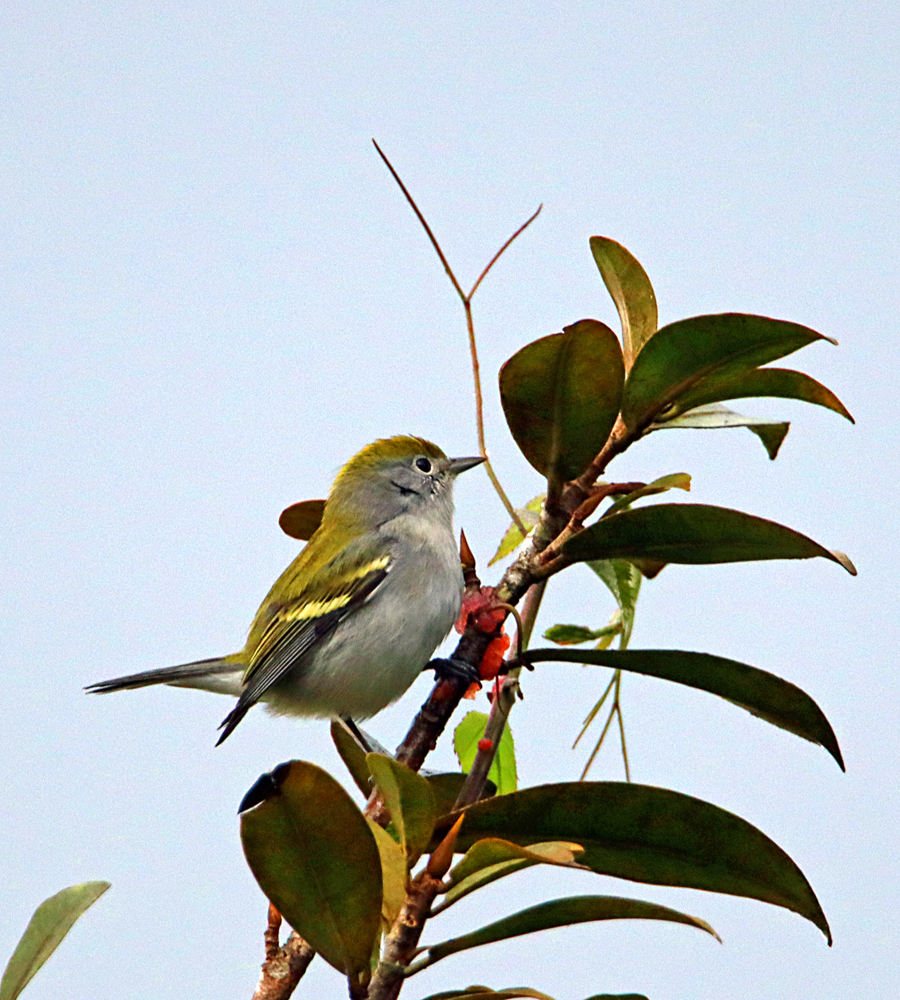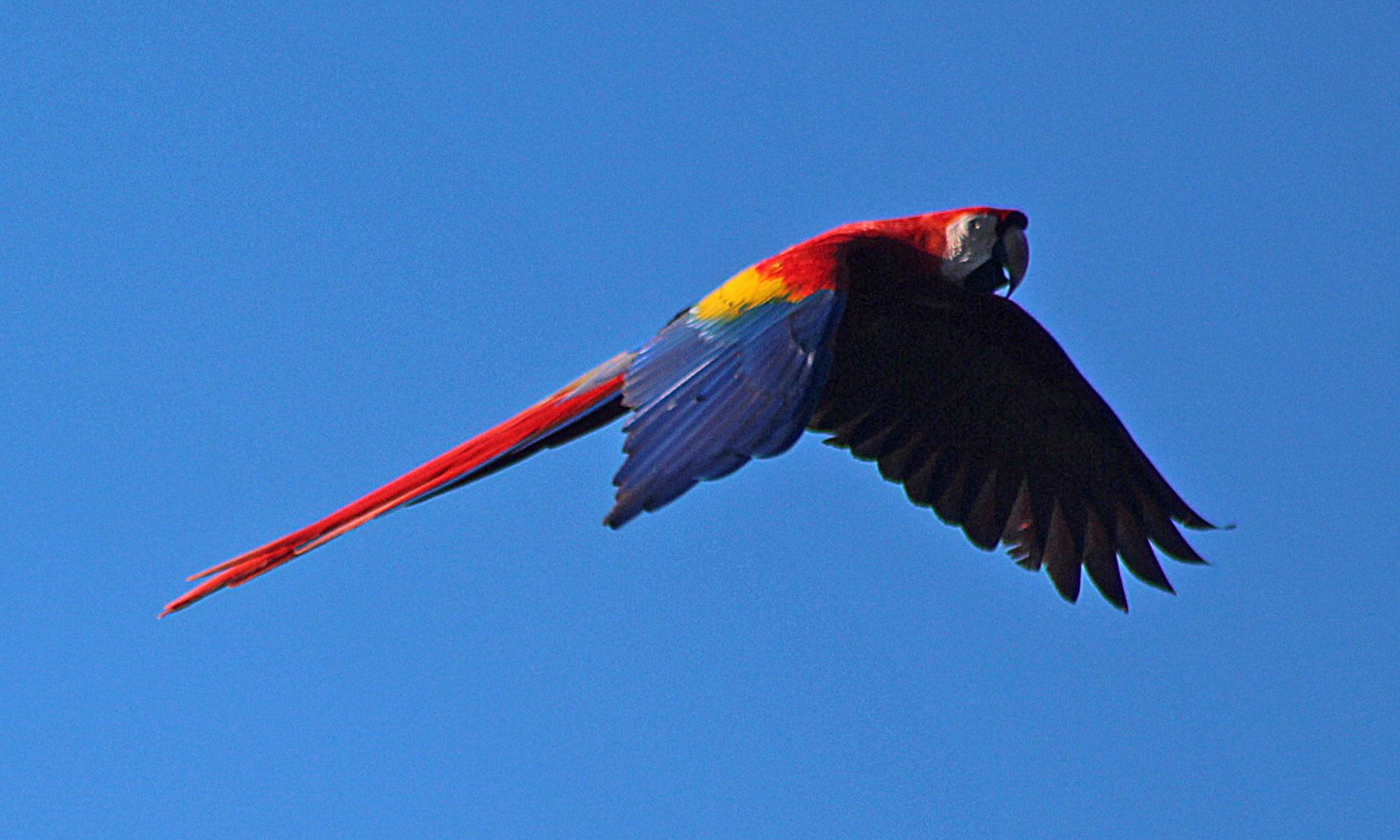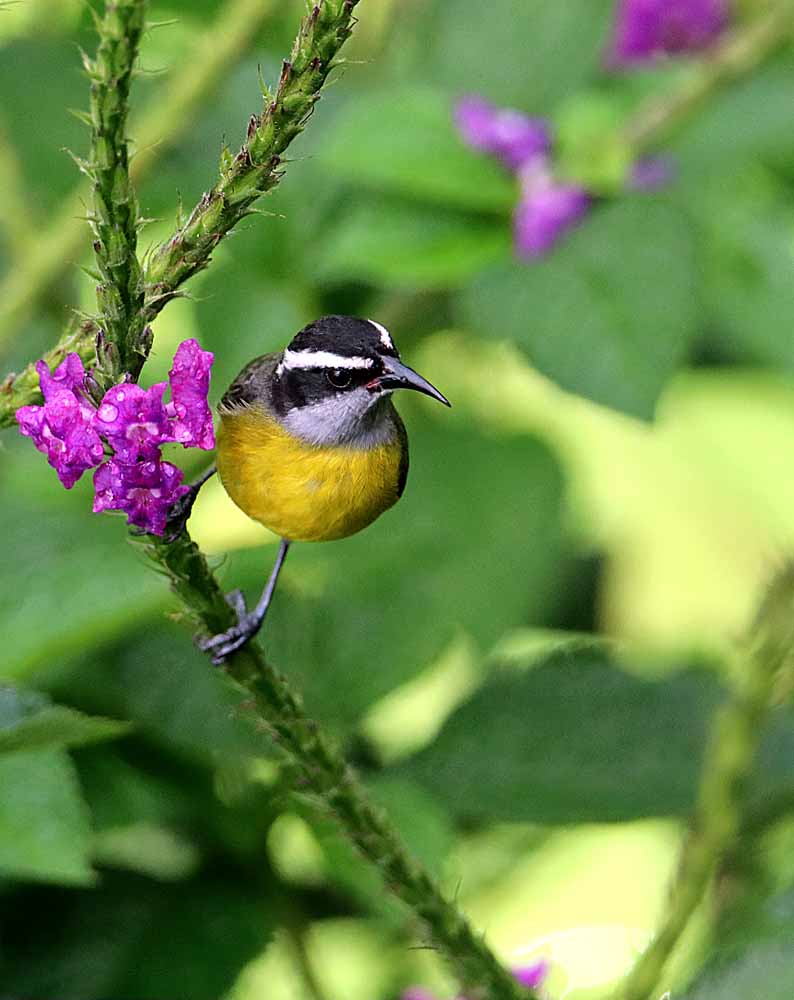With 4 birds in today’s post and 4 more tomorrow I will have shared all that I got useable photos of on the Christmas trip. And no, I got no “lifers” or first-time seen birds on this trip, but that is expected when you have photos of more than 359 species of birds in Costa Rica! It’s getting harder to find a new species! 🙂



























